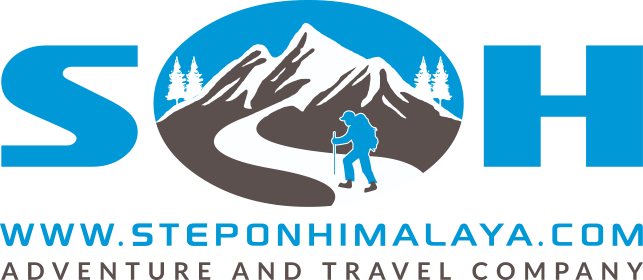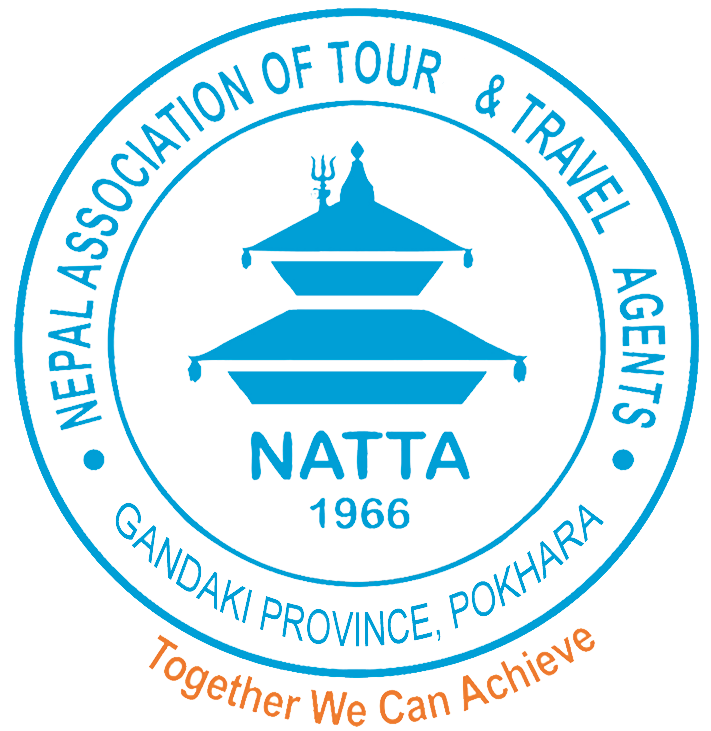
Nepal provides ON-ARRIVAL visas at the Tribhuwan International Airport in Kathmandu. Tourists traveling to Nepal either by land or by air require a valid Passport with a minimum validity of at least 6 months and passport-sized photos in order to do the immigration processing. Tourists have to pay their Visa Fee at the immigration and sometimes you might need to pay in US dollars.
Note: People from a few countries like Nigeria, Afghanistan, Somalia, Iraq, Zimbabwe, Cameroon, Swaziland, Ghana, Palestine, Liberia, Ethiopia, etc. do not get visas from the immigration entry points of Nepal. Hence, they need to get an Entry Visa to Nepal in their own nation.
|
Visa Facility |
Duration |
Fee |
|
Multiple entries |
15 days |
US$ 30 or equivalent Nepalese currency |
|
Multiple entries |
30 days |
US$ 50 or equivalent Nepalese currency |
|
Multiple entries |
90 days |
US$ 125 or equivalent Nepalese currency |
|
Transit Visa |
1 day |
US$ 5 or equivalent Nepalese currency |
Requirements for obtaining Nepal Visa
- A valid passport with the validity of a minimum of six months
- The application form for a visa is available at the airport or immigration entry point. Duly fill it out and submit it.
- Photos: Passport size, Quantity: 2
- Visa fee (sometimes in US dollars)
- Indian nationals do not need a Visa to enter Nepal. But they have to show a Valid Identification Certificate (either Citizenship or Passport). Children below 10 years of age do not need any identification certificate.
TRANSIT VISA:
- If Nepal is the transit point or due to any reason like force landing, the foreign national will need to obtain the Transit Visa for 1 day paying USD 5 or any equivalent Currency.
VISA EXTENSION:
- Extension for 15 days or fewer costs Visa Extension charge of USD 30 or equivalent Convertible Currency
- Extension for more than 15 days will cost USD 2 per day after 15 days.
- However, the visa can be extended up to a maximum of 150 days in a Visa year
- The Visa year refers to the year starting from January and ending in December.
NEPAL ENTRY POINTS
- Tribhuwan International Airport, Kathmandu
- Far western – Kailali (Mohana, Dhangadhi) / Kanchanpur (Gaddachauki, Mahendranagar)
- Mid-western – Banke (Jamuna, Nepalgunj)
- Western – Rupandehi (Belhiya, Bhairahawa)
- Eastern Nepal – Kakarvitta, Jhapa
- Central Nepal – Birgunj, Parsa
- Northern Border – Kodari, Sindhupalchowk
CURRENCY:
Nepalese Rupees are the Nepalese currency with currency code NPR. The most popular Nepalese Rupee exchange rate is the NPR to GBP rate.
BANKING AND FOREIGN EXCHANGE:
The regular payments in the airlines, hotels and travel agencies are done in foreign exchange. You can withdraw money from the ATMs or pay through cards issued by the major International Banking Networks like Plus, Cirrus, etc. Credit cards like Visa Card, Master Card, Maestro, JCB, and American Express are readily accepted at the airlines, standard hotels and restaurants, and tourist merchants. But it is to remind there is a transaction fee for processing the cards which are charged by the banks not the merchants. It is usually 4% to 7%.
SOME GENERAL INFOs REGARDING NEPAL STAY
- Entering or staying in Nepal without a valid visa is considered Illegal.
- Obtainment of a Nepal visa can be done either through the Nepalese embassy or consulate or any other mission offices in your respective country or in the aforementioned immigration entry points.
- If Visa is once issued, it can be neither amended nor refunded.
- Entry Visa fees are paid in cash. Credit cards or Bank Cheques are not acceptable.
- Though Visa charges are not applicable to children below 10 years of age, a Valid Visa is a must.
- Always carry your relevant identification proofs like Passport, Trekking permits during the travel, or trekking.
- If you are tracking down any of your legal or travel documents like passports, insurances, etc., kindly contact the Immigration Department for the transfer of the documents.
- Do not do any activities that would harm or hurt the feelings and sentiments of the Nepalese people and their religions, customs, traditions, or lifestyles.
- Some areas are strictly prohibited from filming or even taking photographs. So kindly be careful.
- Autumn (September, October, November) and Spring (March, April, May) are considered the best time of the year in order to visit Nepal. The sufficient sunlight and clear skies with pleasant weather will let you enjoy the stunning landscapes and the magnificent Himalayan vista to the fullest.
- Please be ready for any unpredictable events and climatic alterations as well.
- For further information please visit: http://online.nepalimmigration.gov.np/tourist-visa










